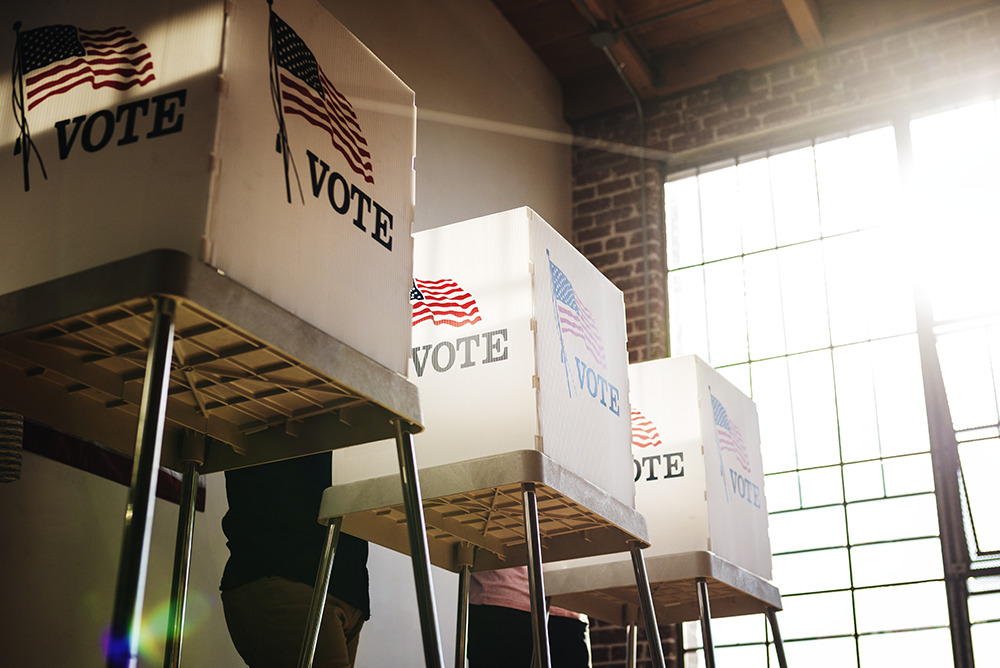Trump and Biden Supporters Converge on Tentpole Campaign Issues
With the election less than a month away, it’s debate season, and the heat is on for pollsters to make their predictions and candidates to make final campaign pushes with the US electorate. However, in this extremely strange and seemingly polarizing year, our data show that Trump and Biden supporters might not be as different as the news would have us believe. Our latest COVID tracking study included a look not only at overall attitudes related to the pandemic, but outlooks on the economy and personal finance, as well as Black Lives Matter. Americans on both sides of the aisle exhibit similar trends on many facets of these key campaign topics, meaning that both Biden and Trump need to walk a fine line between messaging to their majorities while teasing out the nuances that set their supporters apart. Here is the overview:
COVID-19
While the percentage point differences between Biden and Trump supporters may be wide, a majority of both groups agree on sentiments that are central to not only mitigating this current pandemic, but navigating a post-pandemic reality. For example, almost two thirds (64%) of Trump supporters believe that wearing a face mask in public should be required, and 60% are worried about a surge in COVID-19 due to reduced restrictions. Both groups also overwhelmingly assume there will be more pandemics in the future but also believe that we can make a better world as a result of this COVID. On the flip side, each have a healthy skepticism about what they see about COVID-19 on social, and few believe that forcing people to social distance is an overreaction.
As one would expect, the groups diverge on their perceptions of the president’s and his administration’s handling of the COVID crisis. Additionally, Trump supporters are more bullish on reopening the economy, even if it puts lives at risk, whereas three quarters of Biden supporters believe businesses need to stay closed. Our data also lays out a key nuance about reopening: although a slight majority (51%) of Trump supporters will change the way they act, fewer agree that there are things they used to do that they will never do again (43%). These voters want their lives to return to normal as much as possible and do not want to be stuck at home. Their fear about a protracted COVID-19 crisis may adjust how they go about their lives (i.e. wearing masks, social distancing, enhanced sanitation protocols), but not what they do – for example travelling or recreation. This means that in order to keep their current base and attract more to it, Biden and Trump need to address COVID with a tricky mix of urgency and balance. While many voters will accept recognition that the threat from COVID-19 is real, both candidates may need to move closer to center on how and when to relax restrictions and keep businesses on track to open sooner rather than later – but safely.
Economy and Financial Health
COVID-19 has been a significant drag on the economy and continues to impact everyday Americans’ ability to stay financially afloat, but Trump and Biden supporters’ views on the future mixed. Fifty-two percent of Trump supporters believe the economy will be better off in one-year, and just shy of half (47%) of Biden supporters believe it will be worse off. However, an almost equal percentage of both groups are in the middle. This middle ground is even more pronounced when it comes to supporters’ personal financial situations, in which both groups are separated by a single percentage point. This suggests that Biden and Trump are right to have picked their polar opposite stances on the economy as a whole, but they must address Americans’ ongoing personal financial insecurities regardless of whether they are red or blue voters.
NOTE: numbers in these charts may add to slightly less/more than 100%, due to rounding.
Social Justice
An exceptionally fraught issue this election season is social justice – specifically Black Lives Matter. While recent research from Pew shows that Americans’ attention toward BLM is waning, over half (55%) still claim to support the movement at least somewhat. Our findings show that Biden and Trump supporters alike agree on overarching concepts related to BLM, but few on either side are taking specific actions as a result of the movement. Fifty-eight percent of Trump supporters agree that racism is a problem in our society today, and both sides are aligned against violet protests and defunding the police in areas where violence is surging. However, Biden supporters are more apt to take action of any kind in support of BLM, and the numbers reflect that activities on this front are only just beginning to take hold. For example, one-in-three Biden supporters are educating themselves about racial justice, and 15% report buying brands that have taken a stance on the topic.
In fact, the political impact of this movement may not be fully realized until Gen Z becomes an active and significant part of the electorate. At 63%, Gen Z adults (age 18-24) are 1.4 times more likely to say they have participated in any of the short list of BLM-related actions we asked about, and they are 1.7 times more likely to be proponents of defunding the police. However, they currently comprise only 12% of adults in the US, and 36% claim to be voting for neither candidate. Thus, while it is imperative that both Biden and Trump appeal to broader issues of social and economic discomfort in this election cycle, Biden’s position on Black Lives Matter could shore up support among a small (but vocal) number of voters who lean liberal.
Each of these topics is complicated and multifaceted, and while our data only scratch the surface, they reveal just how hard the Biden and Trump campaigns will need to work in order to thread the needle of appealing to the masses without compromising their more divergent supporters.



